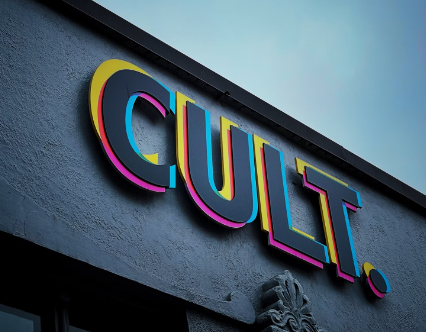Cult Attraction among Adolescents
Adolescence is a transitional period that marks the journey into adulthood. It is a time of self-discovery, where adolescents try to understand themselves, their capabilities, and their purpose. They have more freedom to choose, which can be exciting and overwhelming. Most adolescents experience an identity crisis during this phase, where they feel lost and anxious. They question their identity, asking themselves, "Who am I?" and "Where do I fit into the world?" If left unresolved, this crisis can result in identity confusion and hinder healthy development.
Heaven's Gate is an example of a small, computer-linked cult that emerged in the 1990s. Its leaders claimed direct communication with extraterrestrial beings and convinced their followers to end their lives and ascend to a higher spiritual plane. Cult expert Rick Ross has described Heaven's Gate as a prime example of the new trend of cults as the Internet has grown2.
Adolescents, with their intellectual curiosity and openness to new ideas, are in a unique position. They are yet to gain the balance of experience and maturity needed to discern truth from illusion and reality from fantasy. This vulnerability makes them prime targets for charismatic cult leaders. These leaders employ manipulative strategies, isolating and controlling their followers. They convince them that the cult holds exclusive knowledge hidden from the rest of the world. They paint the outside world as misguided and inferior, creating a powerful allure of acquiring this mysterious knowledge as both empowering and pleasurable.
Research shows that young people who join cults often start by distancing themselves from their families. Adolescents, with their ideological views, a search for identity, and intellectual curiosity, frequently grapple with feelings of loneliness and a lack of belonging, suffering a blow to their self-esteem, social abilities, and life objectives. As a result, they may be driven to seek validation and appreciation. Cults offer clear and straightforward guidelines that promise to fulfill these needs, highlighting the importance of parental, educational, and societal support in shaping adolescent development. By providing guidance and support, we can assist in preventing these vulnerabilities and help teenagers develop into healthy adults.
Thank you for taking the time to read my blog post. I truly hope that you found it helpful and informative.
Ann
- Hunter, E. (1998). Adolescent attraction
to cults. Adolescence, 33(131), 709-714.
- Markoff, J. (1997).To Gullible, Net Offers
Many Traps.
https://www.nytimes.com/1997/03/28/us/to-gullible-net-offers-many-traps.html
- Munro,
D. (2023). Cults, conspiracies, and fantasies of knowledge. Episteme,,
1-22. https://doi.org/10.1017/epi.2022.55
- Montell,
A. (2021). Cultish: The Language of Fanaticism. Nova Religio, 25(3),
151–152. https://doi.org/10.1525/nr.2022.25.3.151
- Stanford University. (2016, April 9). A Stanford researcher says a sense of youthful purpose is driven by action and passion. Stanford News.https://news.stanford.edu/2015/04/14/purpose-youth-damon-041415
- Wong, D., Hall, K., & Hernandez, L. W. (2021). Counseling individuals through the lifespan (2nd ed.). Sage Publication.




Comments
Post a Comment